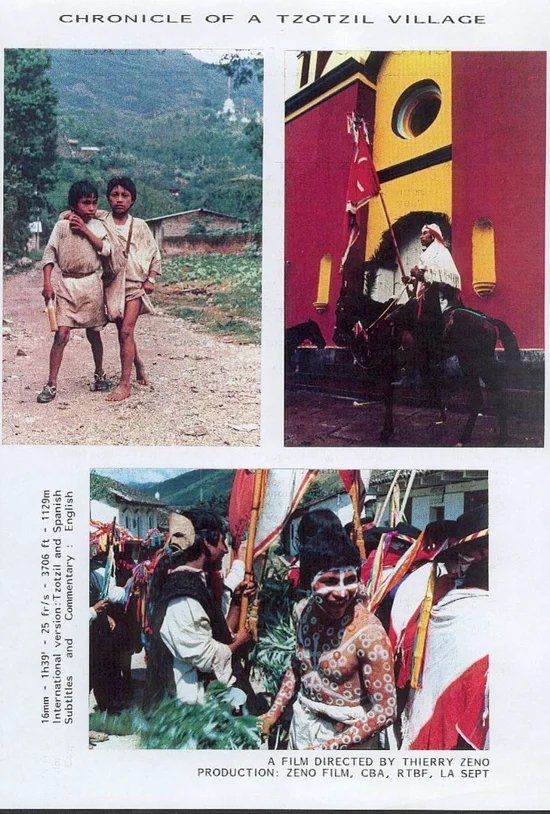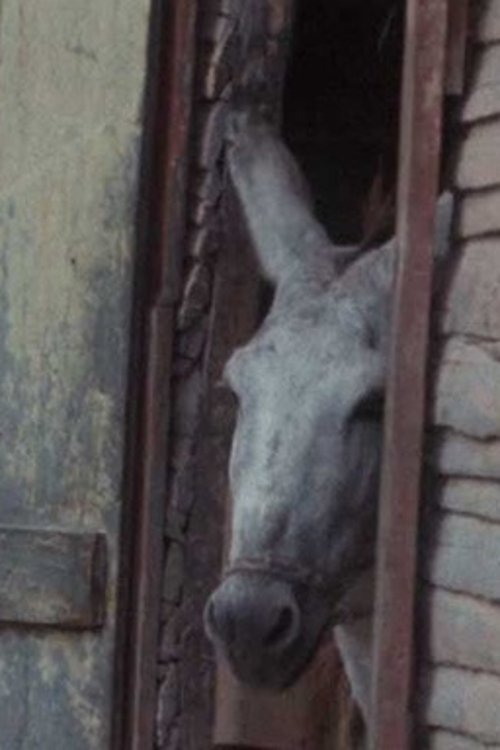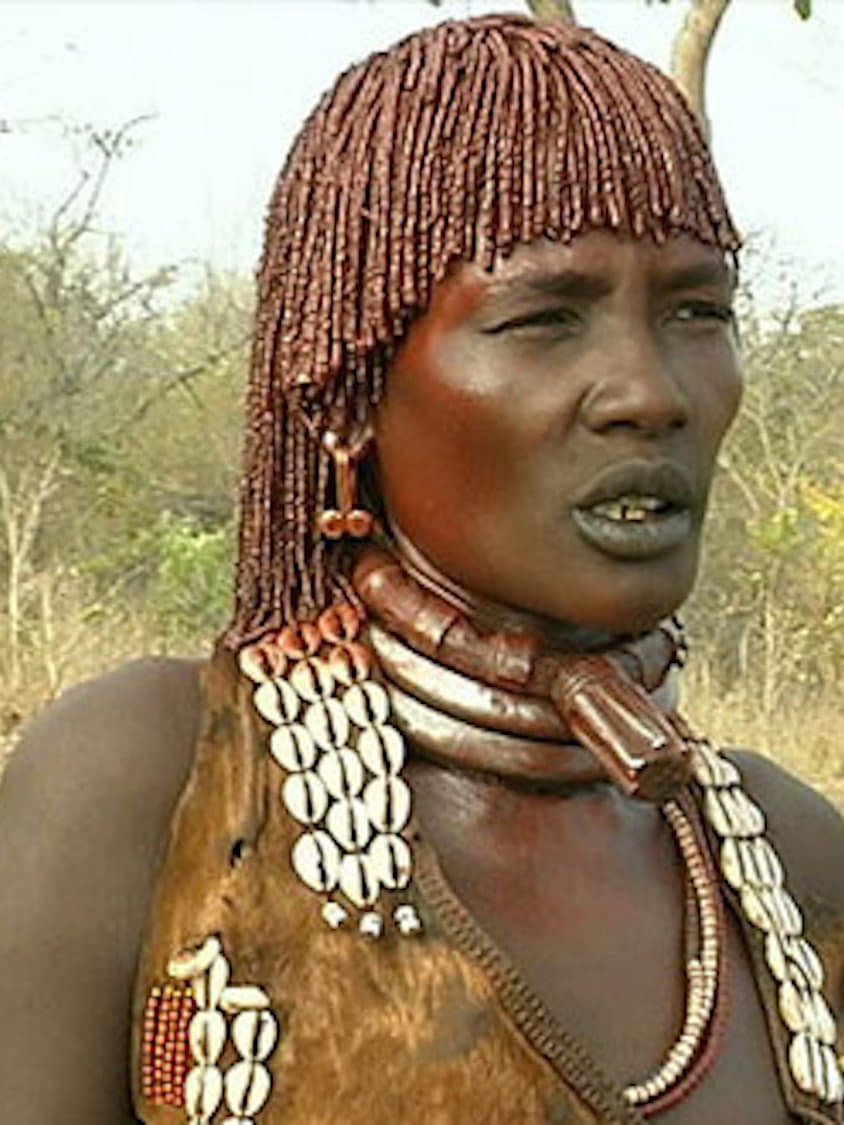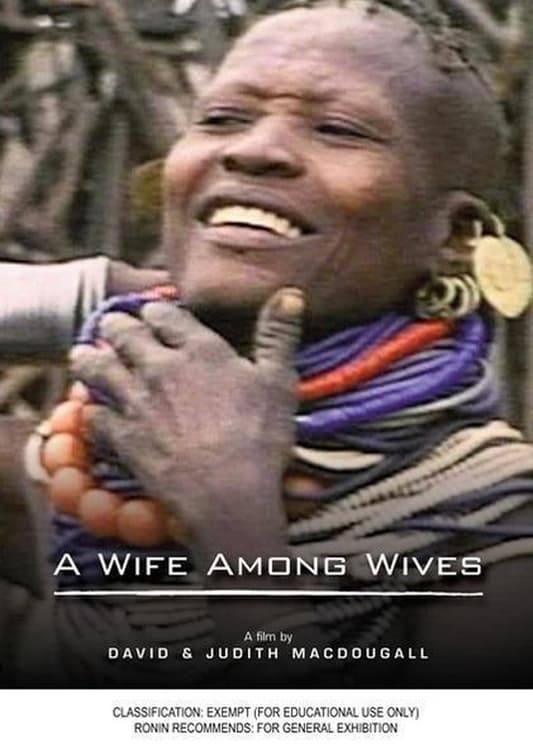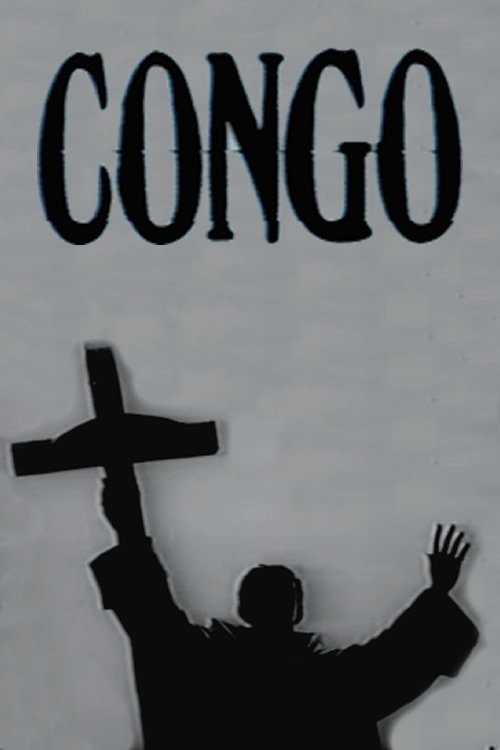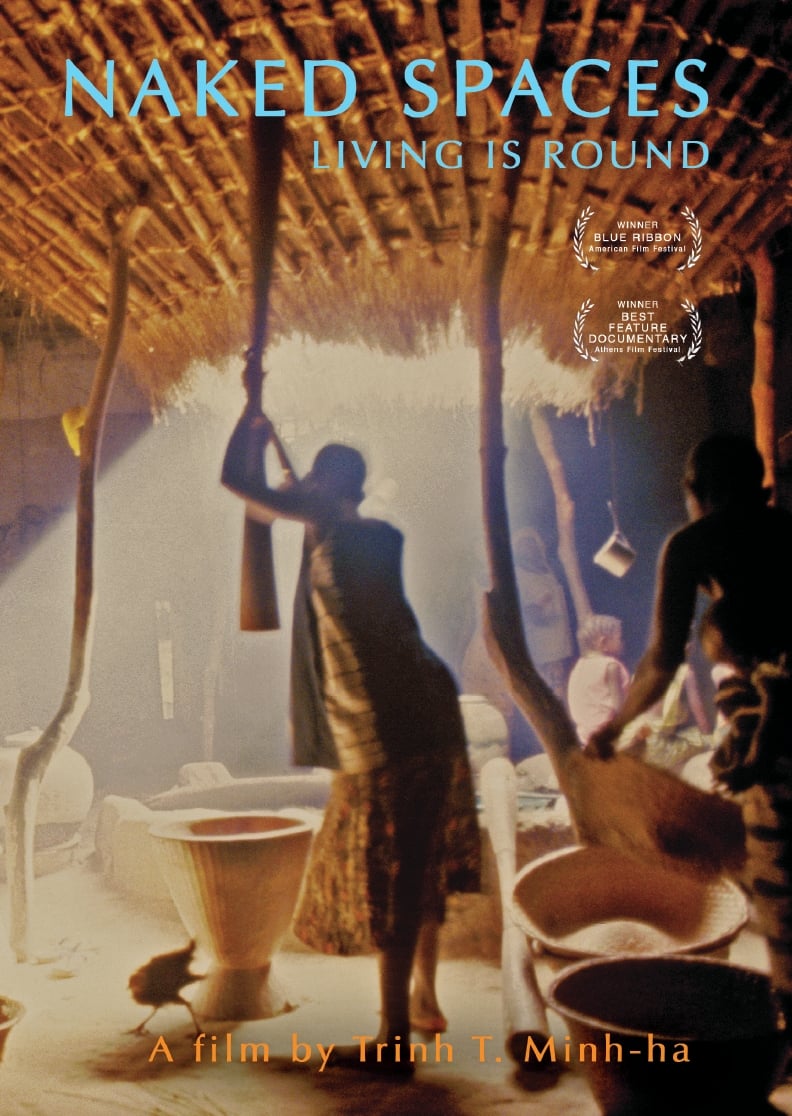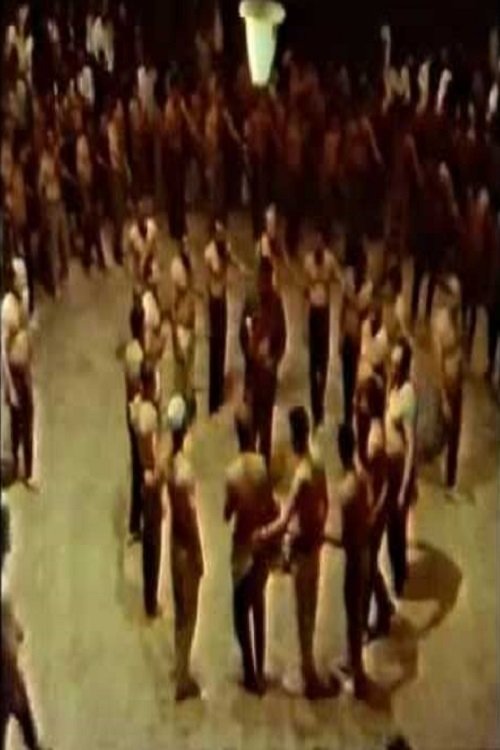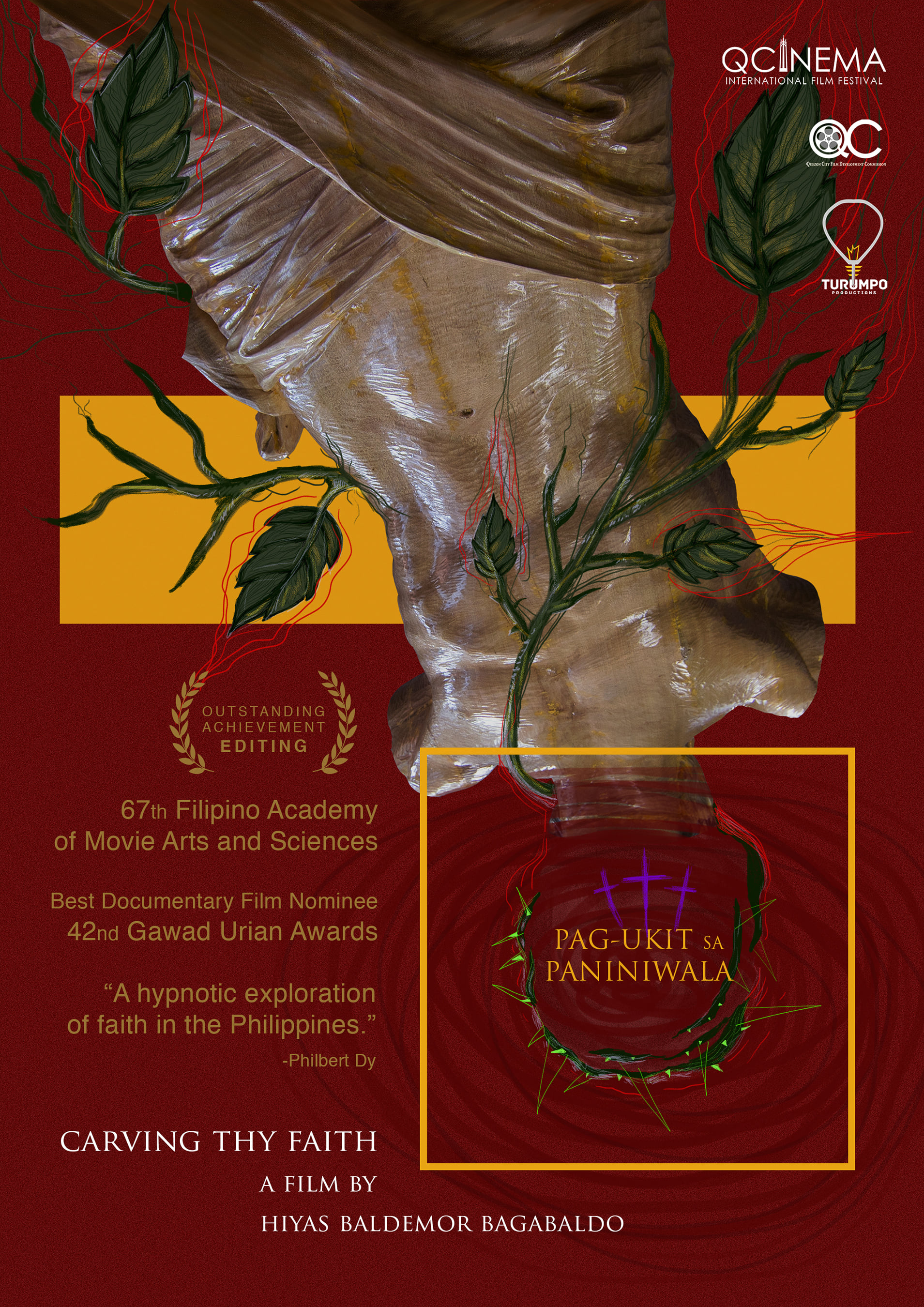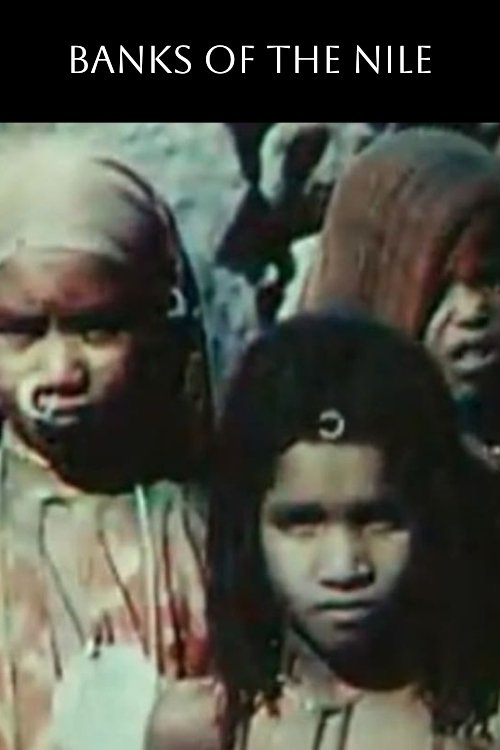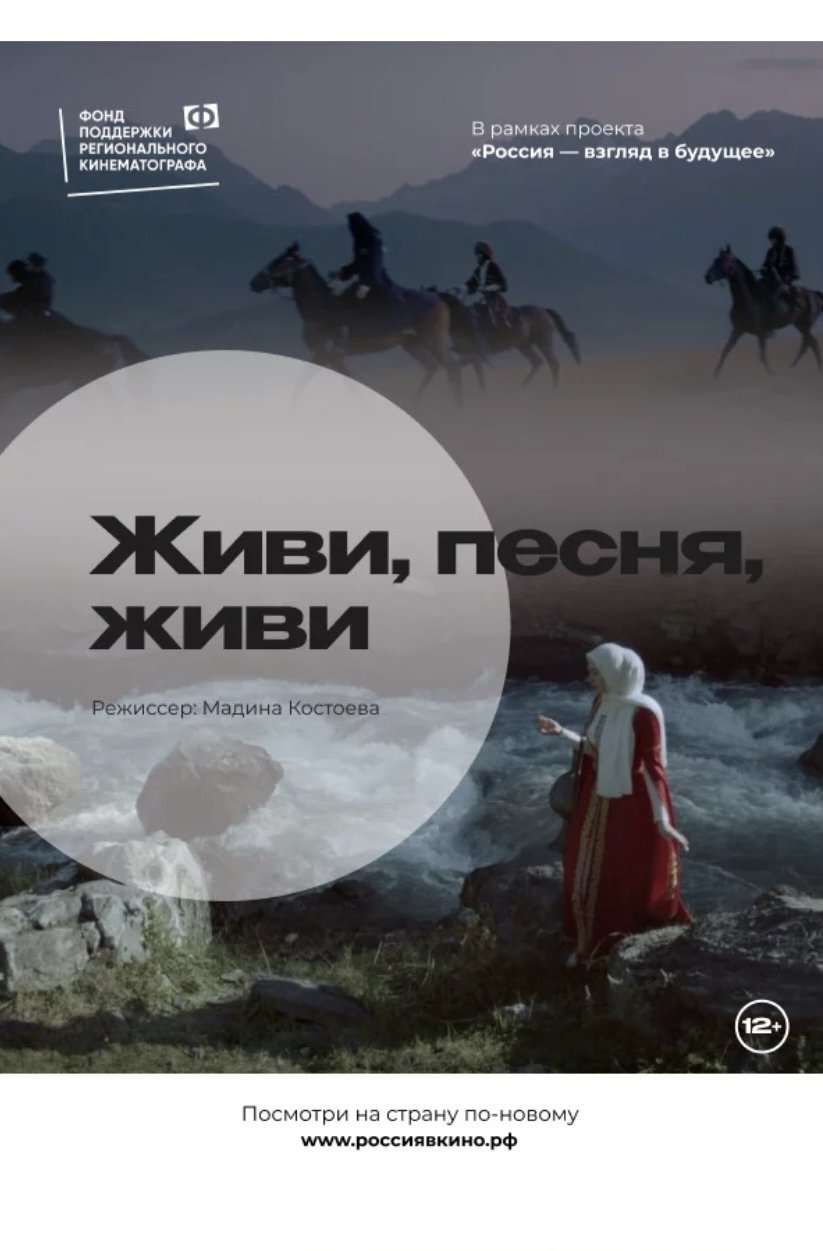Chroniques d'un village tzotzil
1992
1h 39m
0.0(0 votes)
Documentary
Overview
A documentary about the daily life of a native Tzotzil community in southern Mexico, shot over a period of eight years.
Links & Resources
Social & External
Production Companies
Similar Movies
Recommended Movies

No Recommendations Yet
We're working on finding the perfect movies for you. Check back soon!
More movies coming soon
